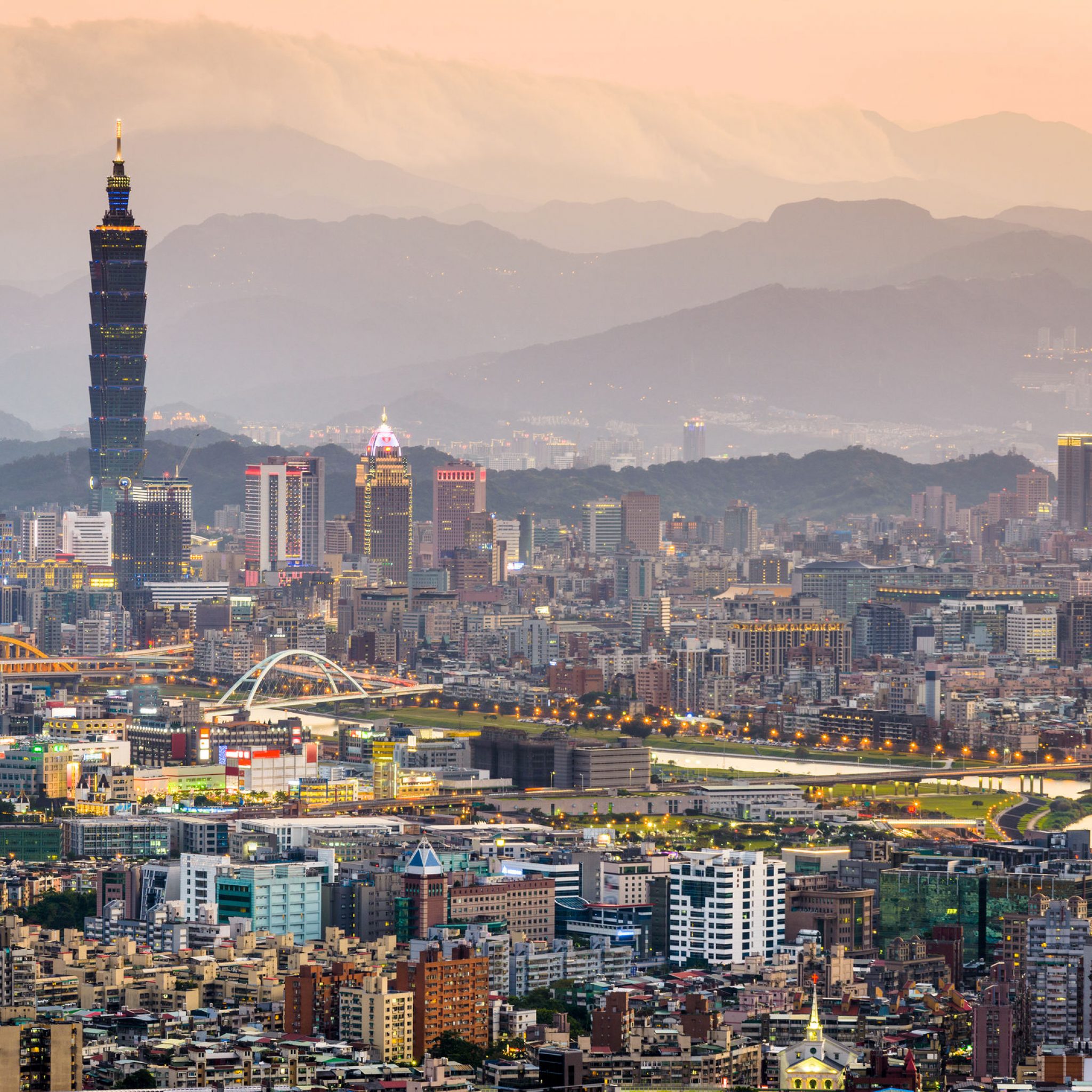Taiwanese operator Chunghwa Telecom ended 2021 with over 12,000 5G stations across Taiwan, the company’s CEO, Harrison Kuo, said during a conference call with investors.
“In the fourth quarter, the mobile market in Taiwan remained steady as operators focused on 5G migration and development. By the end of 2021, our 5G penetration rate has reached approximately 20%, ”Kuo said.
“As we continue to lead in network quality by accelerating 5G deployment at better locations, we remained provident on 5G customer migration and reaching our target maintaining our leading position in 2022. In the fourth quarter, 5G migration continued to drive ARPU uplift,” the executive added.
Kuo also noted that the telco aims to expand its 5G private network solutions to the Southeast Asian market. “As for the 5G private network, we have been opening quite a few projects for leading companies and government entities in Taiwan for smart solutions, including smart manufacturing,” he said.
Regarding the proposed merger between rival carriers Taiwan Star and Taiwan, which was announced earlier this month, the executive said that it will be healthy for the local telecommunications market. “We think that the decrease of the number of mobile operators will be really helpful for a healthy market in the medium term,” the executive added.
The operator was the first telco in Taiwan to receive a license for 5G services from the National Communications Commission (NCC). Chunghwa Telecom launched commercial 5G services in Taiwan based on the non-standalone (NSA) 5G architecture.
Chunghwa Telecom has spent NT $ 45.67 billion ($ 1.52 billion) for 90 megahertz of spectrum in the 3.5 GHz band and NT $ 618 million for 600 megahertz in the 28 GHz band.
The operator had selected Ericsson and Nokia as 5G RAN vendors. Ericsson said it would use the vendor’s Radio System base stations and Ericsson’s 5G core, including its 5G Evolved Packet Core. Ericsson’s 5G platform for CHT includes Ericsson Radio System base stations that will operate at 3.5 GHz for the mid-band and 28 GHz for the high band. The 5G solution will also include active antenna products while supporting beam-forming functions that reduce wireless signal interference and improve 5G speed, the vendor said.
Meanwhile, Nokia previously said that it had been selected to leverage Chunghwa Telecom’s existing LTE install base and spectrum resources to launch 5G non-standalone (NSA) involving multiple bands, paving the way for the launch of 5G via a standalone architecture in the near future. .
Nokia had announced that it has been selected by Chunghwa Telecom to expand the operator’s 5G network in Taiwan. The expansion focuses on high-traffic areas, as well as locations with high business demand, including metropolitan cities, universities, subways, high-speed rail stations, industrial parks, and exhibition halls, and over 120 highly populated tourist hotspots. CHT is also expecting to further expand its enterprise footprint by enhancing its 4G / 5G coverage as well as deploying private network solutions.













